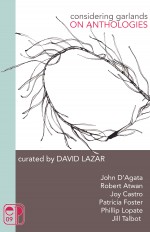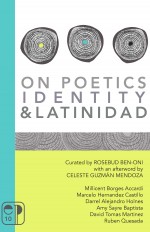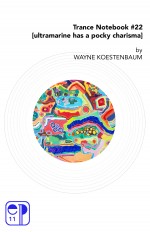The narrative goes something like this:
My father walked into a hospital. Outpatient. He was suffering
from severe panic attacks. He was sleeping two hours a night. He
had to fill out a form: Name, address, birthdate. Is the patient
suicidal? He checked “no.” The next week, he drove to a gun store
and bought a revolver. The next week, he drove to a parking lot
and shot himself in the head.
Before this, he made an appointment to see a psychiatrist, and got
a prescription for Paxil. The psychiatrist gave him a form: Name,
address, birthdate. Are you suicidal? He checked “no.” He only
saw the doctor once.
There are numerous studies that link Paxil to suicide, not because
he was depressed there is no reasonable proof that he was not
suicidal before he took the Paxil. So this is a story that leaves a wide
margin of doubt, a story that is not about probable cause.
On the day he died, November 20, 2000, it was overcast, but not
too chilly. It’s possible that he had tried to go to the gym at 5 A.M.
At some point, he bought The Denver Post because he used it to
cover the windows of the car.
At 8 A.M. some kids from the neighborhood were on their way
to the park. They saw the lone car in the parking lot, with the
windows covered in newspaper. They peeked in and saw a man
slumped over the steering wheel. One thought he saw blood on
the man’s ear. They called the police.
The police came to the house and asked, “had the victim been expressing
suicidal thoughts?” They gave my stepmother a pamphlet, which included
advice on how not to feel guilty. The pamphlet advised against building
a shrine.
My stepmother wanted to see the body, to say a proper goodbye.
The police told her to call the coroner’s office. She called. They
said, “You can’t see the body. We’ll leave his hand outside of the
sheet for you.”
We collected dried flowers from the garden and wrote letters
that so my father would have something to open when he woke up
on the other side. Zinnias, peonies, poppies, and strawberry bush
brambles. We were trying to fill in the gap.
The report from the scene is the police-side of the story. 1) They
searched for a pulse. 2) They established identity. 3) They took
photos. 4) They wrote down descriptive phrases. (They investigated
to make sure no foul play was involved.)
No evidence exists to call this “murder” because it cannot be
proven that any outside force caused this violence act to occur.
Internal violence is too intangible to be considered “proof.”
So, as I was saying, after three days of being on Paxil, he drove
eleven miles to Rocky Mountains Guns & Ammo on Parker Road
and purchased a Colt revolver for $357. I asked my sister, “Who
was driving? The man or the medicine?”
He signed a form: self protection. So, a man walks into a store and
buys a gun for self protection. But self protection cannot protect
the man from himself. I said to my brother, the logic escapes me.
The bumper sticker on his car read, “Conflict is inevitable,
violence is not.” The police didn’t make a note of it on their report.
The man who sold him the gun probably didn’t notice.
The scene: a baseball field, in the heart of Englewood, Colorado.
A field, and behind the field, a thick grove of trees concealing a
bike path. One single and solitary tree sits off to the side of the
field. A parking lot. He parked the car in the eighth spot, facing the
solitary tree. When I went to investigate a few days later, I found a
pile of grass. From the evidence I deducted his location at the time
of death.
But this is not the whole story. The whole story is gaping with
holes. The “hole” story is conflicted, abstract, difficult to explain.
Sublimation: when solid becomes ether without passing through
the liquid state. When the overflow of negative psychic energy is
rechanneled into writing, or art. When the distance between living
and dying is filled in with language, objects, people, and mundane
activities, such as doing the dishes. When something difficult
to articulate finds its form in poetry. When dead (silence) is
brought back to life (mythology).
Regardless, the story has many possible forms and many angles
of articulation. This is elegy.



